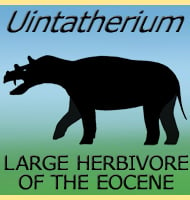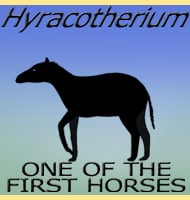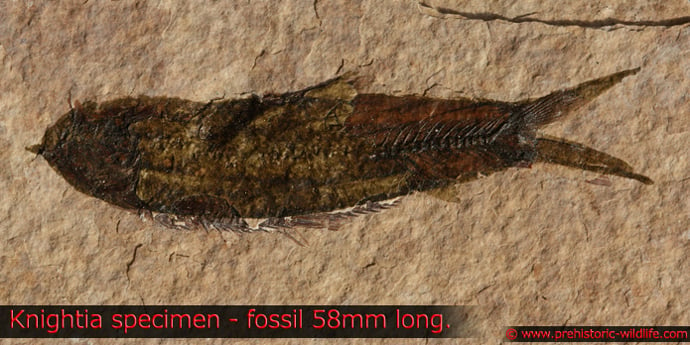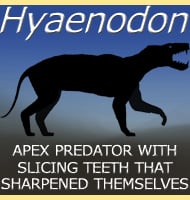


Coryphodon
Name:
Coryphodon
(Peaked tooth).
Phonetic: Cor-e-foe-don.
Named By: Richard Owen - 1845.
Synonyms: Bathmodon, Ectacodon,
Lefalophodon, Loxolophodon, Manteodon, Metalophodon.
Classification: Chordata, Mammalia, Cimolesta,
Pantodonta, Coryphodontidae.
Species: C. eocaenus (type),
C.
dabuensis, C. lobatus, C. oweni, C. proterus, C. ryani.
Diet: Herbivore.
Size: Around 2.25 meters long, 1 meter tall
at the shoulder.
Known locations: Across North America but
particularly well known in the USA.
Time period: Selandian of the Paleocene through to
Ypresian of the Eocene.
Fossil representation: Multiple individuals.
Coryphodon
is one of the best known genera of pantodont, one of the earliest
major groups of large herbivorous mammals. Usually interpreted as
being similar to a modern hippopotamus, Coryphodon
were heavily built
with squat legs, the upper portion of which were longer than the
lower. This indicates that the legs were there for supporting a heavy
body rather than fast running. Coryphodon does
not seem to have been
in need of much in the way of defences however since most known
predators of the time seem to have been much smaller than Coryphodon.
Coryphodon
had an enlarged pair of tusks in the upper jaw that were probably used
for rooting up plants, although they may have also been used for
display since male specimens have larger tusks. The other teeth in
the mouth were suited for processing plants that had been grabbed by
browsing. Popular opinion of Coryphodon however
suggests that it was
not an intelligent animal with the cranial cavity for the brain
suggesting the total brain size relative to the total body size was
one of the proportionately smallest known.
A
2009 paper authored by Jaelyn Eberle, Henry Fricke and John
Humphrey in conjunction with the University of Colorado discussed the
potential diet of Coryphodon in the June, 2009
issue of Geology.
This study was focused upon the fossils of Coryphodon
that that had
been recovered from Ellesmere Island that lies west of northern
Greenland. Ellesmere Island is situated within the Arctic Circle,
and although it was much warmer and covered in forests back in the
Eocene, it would still have experienced periods of constant daylight
in the summer and constant nigh time in the winter.
The
study which was centred around the isotopic study of tooth enamel
revealed that during the summer period of extended daylight Coryphodon
would eat soft vegetation such as flowering plants, aquatic plants
and leaves. However during the extended periods of darkness when
plant photosynthesis was impossible, Coryphodon
would switch to a
diet of leaf litter, twigs, evergreen needles and most revealingly
fungi, an organism and food source that does not require light to
grow. Not only does this study reveal the dietary range of
Coryphodon, but it also reveals the behaviour of
the northern
populations living within the Arctic Circle. In this respect
Coryphodon did not migrate south or hibernate, it
simply switched
between two seasonal food sources.
When
Coryphodon fossils are compared to those of other
pantodont genera in
terms of size and relationship a scenario can be developed where the
pantodont Barylambda
was replaced by Coryphodon, while Coryphodon
itself was ancestral to Hypercoryphodon.
----------------------------------------------------------------------------
Random favourites
 |
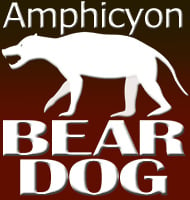 |
 |
 |
